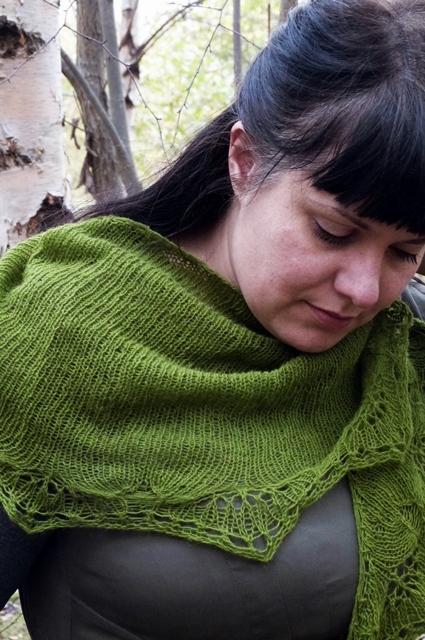 Storegga is the very last pattern in my Doggerland collection. It is always odd when a journey comes to an end. I wrote about this yesterday, but today it feels even stranger.
When I started working on Doggerland, there were two stories I wanted to include: the story of the Vedbaek excavations and the story of the Storegga Slide - the story of how Doggerland ended. During my research I found other stories I loved (as well as some unlikely sources of inspiration) but I knew the final pattern of the collection would have to be inspired by the Storegga Slide.
Storegga is the very last pattern in my Doggerland collection. It is always odd when a journey comes to an end. I wrote about this yesterday, but today it feels even stranger.
When I started working on Doggerland, there were two stories I wanted to include: the story of the Vedbaek excavations and the story of the Storegga Slide - the story of how Doggerland ended. During my research I found other stories I loved (as well as some unlikely sources of inspiration) but I knew the final pattern of the collection would have to be inspired by the Storegga Slide.
The Storegga Slide was a massive landslide off the coast of Norway around 6200 BCE. The landslide prompted a tsunami which rippled southwards. At this point in time, Doggerland was already drowning due to rising sea levels and had been reduced to a marshy island in the middle of the North Sea - but the tsunami marked the end of it. You can still see soil deposits around the east coast of Scotland: the tsunami came with devastating force.
This proved a really difficult source of inspiration for me: how could I base a knitting pattern on a natural disaster? I began thinking about the need to capture beauty wherever we see it and how some things only exist in a brief pocket of time.
And so the shawl began to take shape. It is a crescent-shaped shawl with an easy stocking stitch body and a delicate lace border. The lace border is where I decided to incorporate my inspiration: the opening-up of the lace is countered by sharp decreases. It is a push/pull movement that works to create an abrupt, yet beautiful motif. Just as you can begin to glimpse the formation of the motif, it is gone.
Poets have written of carpe diem and gather ye rosebuds while ye may. In a strange way, I think that is also what I wanted to say with Storegga. The ground can shift beneath your feet at any given time, so treasure those fleeting moments of absolute beauty and joy. For that reason I would recommend working the Storegga shawl in the most beautiful yarn you own. I used the glorious Snaeldan 1ply in "Turf" for my Storegga. It is quite a heavy laceweight (almost 3ply, I reckon) and I used around 380 yds. As with most of my shawl patterns, I have included tips on different yarn weights and modifications in the pattern. You can do a lot with Storegga - just make sure you keep the lace motif open.
And so I leave Doggerland - both the collection and the lost landscape. It started with Ronaes and a beach. Hoxne had you knit your own flint scraper. The Gillean hat & gloves looked at traces left in the landscape. Ythan examined material remains dredged up from the sea bed as well as the ephemeral art of tidelines. Vedbaek was a meditative knit designed to comfort and cradle you. Ertebolle was a deliberate nod towards the shifts in technology and used Mesolithic motifs we still recognise today. Storegga is the final chapter with its drowning landscape and fleeting moments of joy.
People have asked if I plan on turning Doggerland into a physical book. You will be able to buy some of the patterns as single paper patterns in selected yarn stores soon, but there will not be a full book to put on your shelves. I have made this decision partly for practical reasons and partly because I do not want to expand it: it is a complete work on its own.
People have also asked me what is next. Well, you will have to wait and see. Come travel with me through Doggerland for the time being. Come catch your own moments of joy.

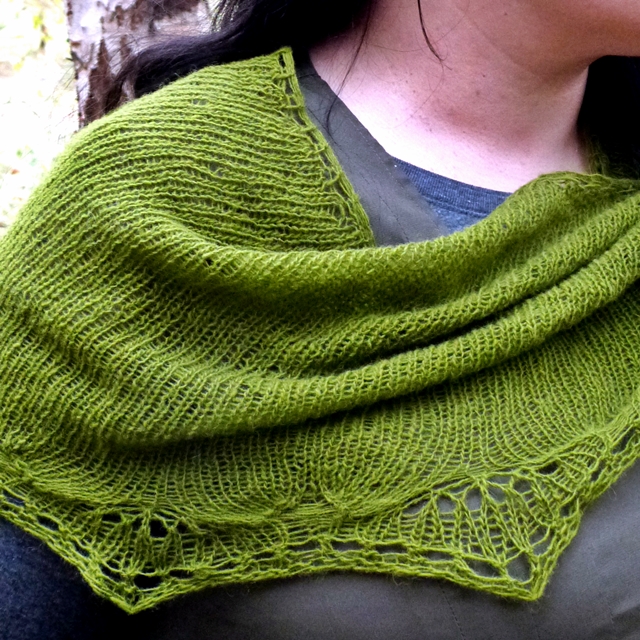 Tomorrow I am releasing the last Doggerland pattern (more on the actual pattern when it's released!) and it is a bit emotional.
I first started working on Doggerland in 2011. The first few sketches were rough outlines of motifs, but soon I began sketching all sorts of things: shells, driftwood, coastal outlines.. then I started reading about Mesolithic archaeology, I met with archaeologists, I delved into
Tomorrow I am releasing the last Doggerland pattern (more on the actual pattern when it's released!) and it is a bit emotional.
I first started working on Doggerland in 2011. The first few sketches were rough outlines of motifs, but soon I began sketching all sorts of things: shells, driftwood, coastal outlines.. then I started reading about Mesolithic archaeology, I met with archaeologists, I delved into  I have been involved with various charity knitting projects in my time. Quite apart from knitting for various projects, I helped out with the Garterstitch100 project which made blankets for women's shelters and I have also been a coordinator for a premature baby knitting project. I have seen both sides of charity knitting and it's been interesting. Recently I came across some thoughtful - and thought-provoking - blog posts on charity knitting.
Ben wrote about
I have been involved with various charity knitting projects in my time. Quite apart from knitting for various projects, I helped out with the Garterstitch100 project which made blankets for women's shelters and I have also been a coordinator for a premature baby knitting project. I have seen both sides of charity knitting and it's been interesting. Recently I came across some thoughtful - and thought-provoking - blog posts on charity knitting.
Ben wrote about 

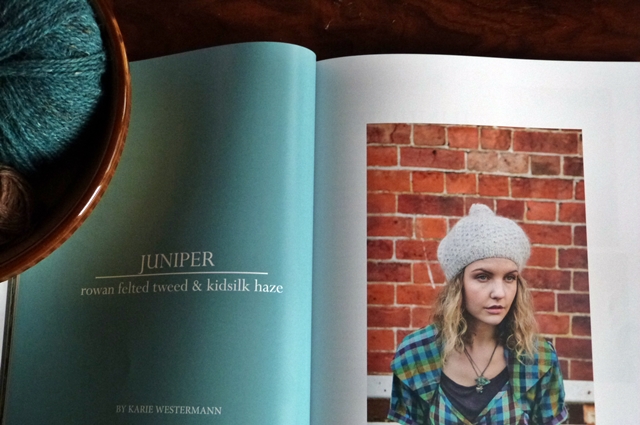
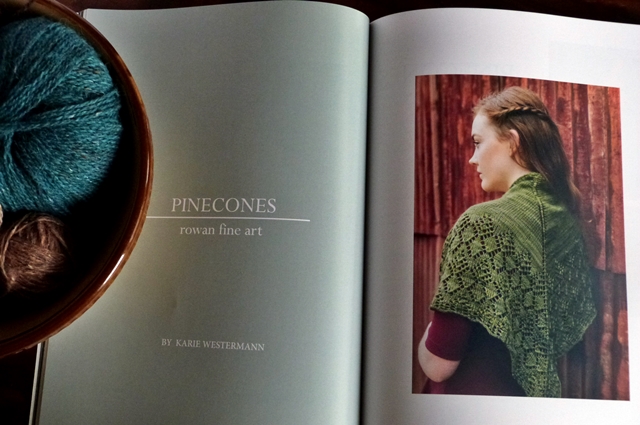

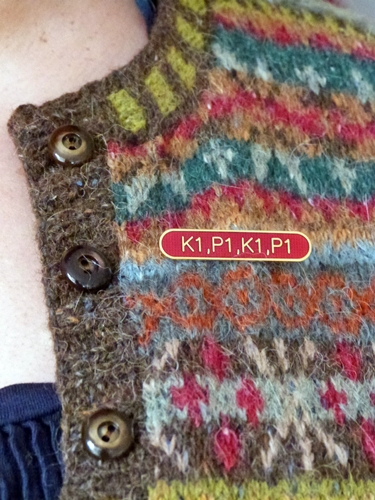 Wool Week is here.
Friends are in Shetland or down in London having all sorts of woolly fun.
Wool Week is here.
Friends are in Shetland or down in London having all sorts of woolly fun.